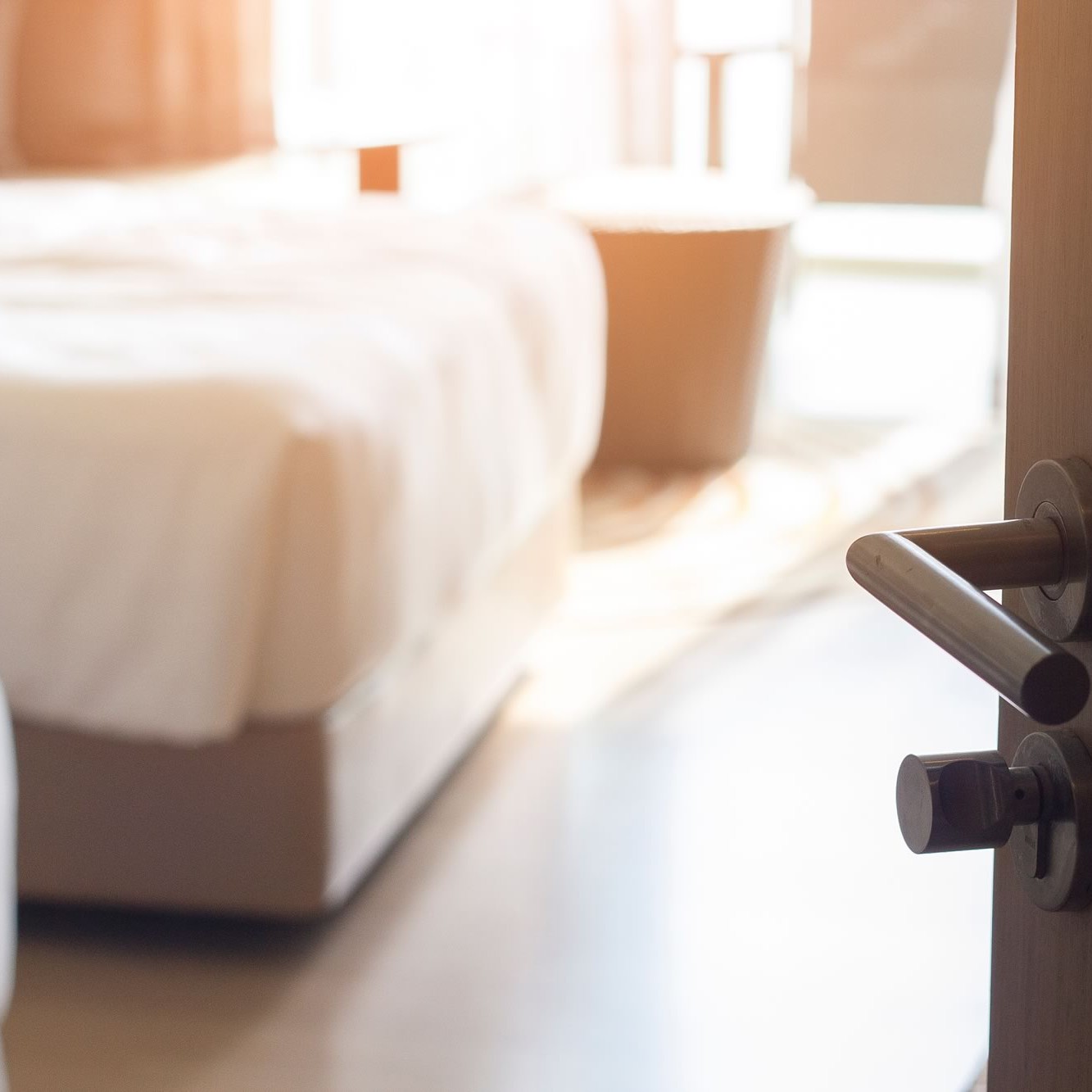Frequent business traveler Tamara Hall is allergic to cats and can’t understand why pets are allowed in the passenger cabins of airplanes.
She remembers two cats under seats and how they affected her and two other airline passengers with allergies on a 16-seat flight from Bozeman, Mont., to Salt Lake City several years ago.
“With the dander blowing throughout, we were all sneezing and itching by landing,” Hall recalls. “My eyes were almost swollen shut.”
Airlines stopped serving peanuts “because one person might be allergic, but cats?” she asks. “They smile and say, ‘Deal with it.’ There must be a solution.”
USA TODAY asked big U.S. airlines for their policies, and all allow pets to be brought into the cabin by passengers for a fee. Some allow only cats and dogs; others also allow birds and rabbits.
Pets must be inside carriers, and the carriers must be put under the seat in front of the passenger bringing the pet aboard.
The fee ranges from $75 on a Southwest Airlines or AirTran Airways flight to $200 on a Delta Air Lines foreign flight.
Unlike airlines, Amtrak prohibits pets on trains, according to spokeswoman Kimberly Woods.
In May, Rep. Jeff Denham, R-Calif., introduced a bill that would require Amtrak to designate at least one car where pets would be allowed. The bill says Amtrak would collect an unspecified fee for each pet.
Proposed legislation allowing pets on the rails may be great news for millions of pet lovers but unwelcome news for allergy sufferers.
According to the Asthma and Allergy Foundation of America, 15% to 30% of people with allergies have allergic reactions to cats and dogs.
When cat or dog allergens are inhaled by highly sensitive people, severe breathing problems — coughing, wheezing and shortness of breath — can occur in 15 to 30 minutes, the foundation says. An “intense” rash on the face, neck or upper chest is also possible.
For up to 30% of people with asthma, “cat contact can trigger a severe asthma attack,” the foundation says.
Mike Tringale, a spokesman for the foundation, says airlines should limit the number of pets allowed on a flight and establish policies to enable passengers with allergies to switch seats.
Southwest Airlines, which sells a pet carrier for $48 at airport ticket counters, says it allows a maximum of six pets per flight, but it may make exceptions.
A passenger “severely affected” by an animal allergy should notify a Southwest Airlines airport employee, and “we will work to ensure that the customer is seated on the opposite end of the aircraft, as far away from the animal as possible,” says Michelle Agnew, the airline’s spokeswoman.
Alaska Airlines allows one pet in the first-class cabin and five in the main cabin, according to spokeswoman Marianne Lindsey. Alaska has received “very few” complaints from passengers objecting to animals on aircraft, she says.
“Allowing pets in the cabin is a service offered by all major airlines, and we continue to offer it to serve our customers, many of whom enjoy and appreciate traveling with their pets.”
JetBlue spokeswoman says Tamara Young says the airline is carrying an increasing number of pets but limits them to four per flight.
“If a customer has a pet allergy, we ask that they inform an in-flight crew member upon boarding the aircraft,” Young says. “Upon request, an in-flight crew member will try to create a buffer zone and place the customer as far away as possible from any animal on board.”
JetBlue “will offer a full refund to customers for whom these conditions make it impossible to travel,” she says.
United Airlines has a three-pet limit per flight, says spokesman Christen David.
“All pets must remain in their kennel throughout the duration of the flight, which mitigates most concerns customers would have about allergies,” David says.
If a passenger seated near a pet “is not comfortable,” United will relocate or rebook the passenger on another flight, he says.
Airlines prohibit or have restrictions on pets in the cabin on international flights.
US Airways, for example, allows dogs, cats and birds on domestic flights, but they are prohibited on flights to and from Europe, South America, the Middle East and various Caribbean destinations.
Spirit Airlines allows dogs, cats and birds on domestic flights but prohibits birds on flights to and from Puerto Rico and St. Thomas, U.S. Virgin Islands, says spokeswoman Misty Pinson. The airline doesn’t allow pets — except “service or comfort animals” — on foreign flights.
Hawaiian Airlines doesn’t allow pets on flights from outside the state that land in Hawaii because of animal quarantine laws, spokeswoman Ann Botticelli says.
The airline, though, allows a cat or a dog in the passenger cabin for $35 on a flight between the Hawaiian Islands or $175 for a North American flight that doesn’t land in Hawaii.
Frequent business traveler Bob Catlette of Collierville, Tenn., isn’t allergic to animals and supports airline policies that allow them in passenger cabins.
Catlette, an author and an executive coach, says he has flown on several flights next to passengers with service dogs or pets.
“Contrary to dogs that I’ve heard barking incessantly in the aircraft belly, none of these on-board pets made a peep or other disturbance,” he says.
Another frequent business traveler, Barbara Korte of Plymouth, Mich., believes airlines should be more protective of people with allergies and not allow pets in the passenger cabin.
She also recalls an unpleasant experience involving two puppies on a flight from Detroit to Amsterdam two years ago.
“Everyone thought the puppies were very cute, including the lady who took them out of the carrier and had them on her lap, until they pooped during the flight,” she says. “Then, when everyone was trying to sleep, the puppies were whining. It was not a good experience.”
###
By Gary Stoller
October 9, 2013
usatoday.com
You may also be interested in . . .
How to Minimize Dog Shedding
Dog shedding is a normal part of your dog’s life. You can’t stop shedding completely, but you can minimize it. What causes excessive shedding? A lack of…
‘Allergy-Friendly’ Airline Is Now A Thing Thanks To Swiss International Air Lines
Swiss International Air Lines is taking one step toward a more allergy-friendly travel experience, and they mean business. The airline is the first of its…
5 Surprising Ways Hotels Can Make You Sick
When traveling, your hotel is your home away from home. But you and your family may have unwanted company -- your hotel room could be a haven for germs,…


